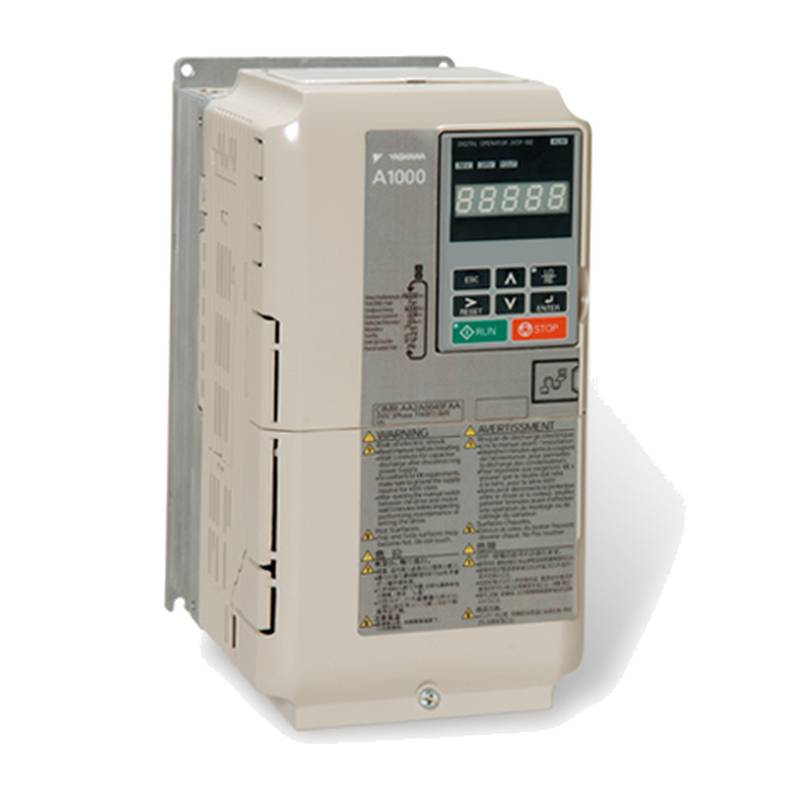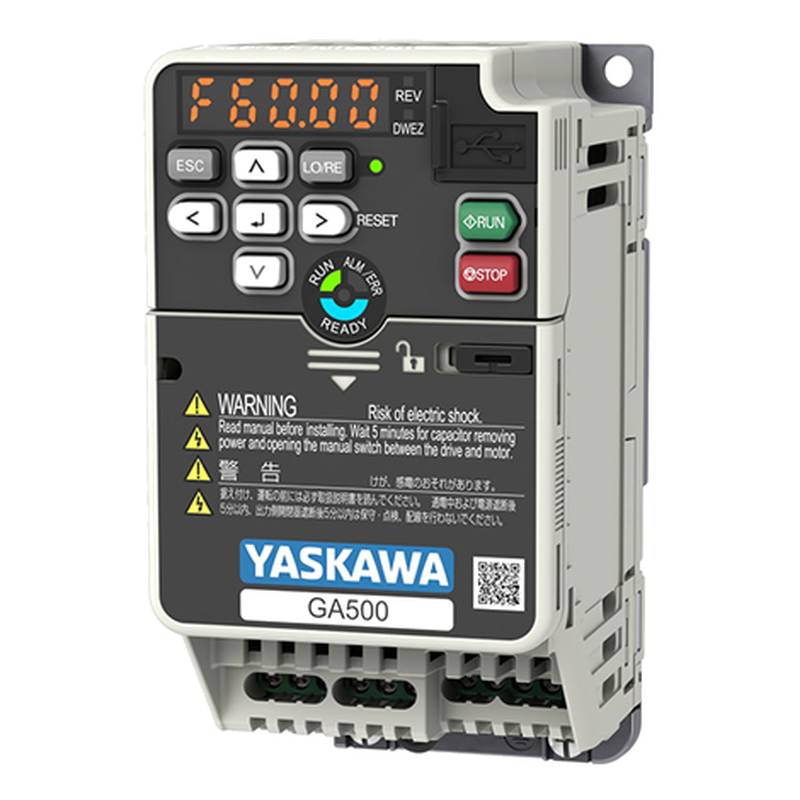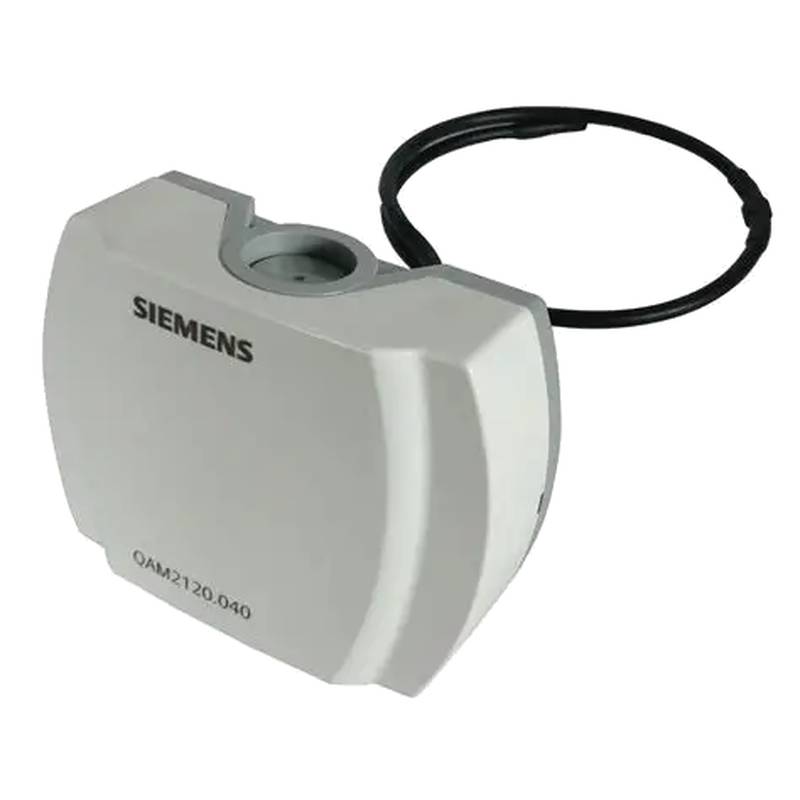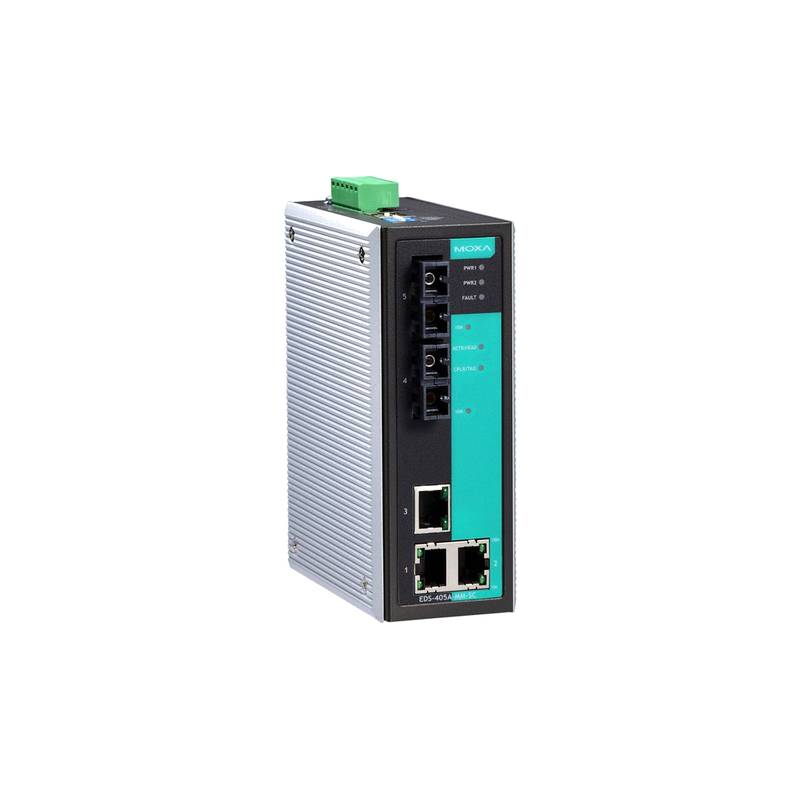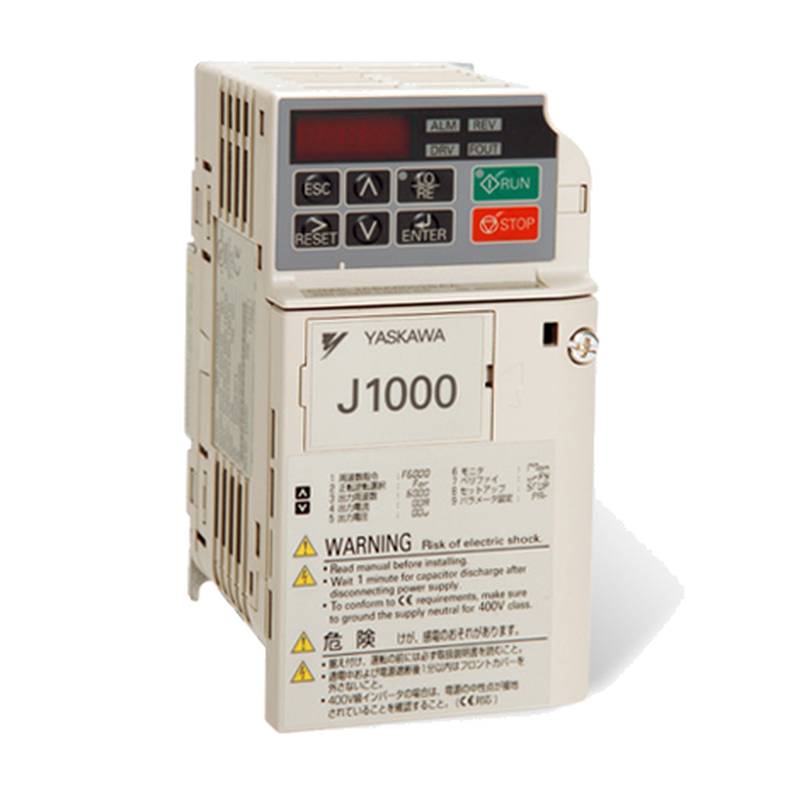
The Delta VFD1320C43A-00 C2000+ Frequency Drive is a robust solution engineered for demanding heavy-duty industrial applications, delivering exceptional power and control for electric motors up to 132kW. This advanced Variable Frequency Drive (VFD) distinguishes itself through its sophisticated control algorithms, robust thermal management, and comprehensive protection features, ensuring reliable operation in harsh environments. Key technical parameters include its 132kW power rating, 430A output current, and support for a 3-phase input voltage of 380-480VAC. The C2000+ series is designed for superior performance, efficiency, and ease of integration into complex industrial systems.
Product Specifications
| Parameter | Value |
| :-------------------- | :---------------------------------- |
| Model | VFD1320C43A-00 |
| Series | C2000+ |
| Rated Power | 132 kW (175 HP) |
| Output Current | 430 A |
| Input Voltage | 3-Phase, 380-480 VAC, 50/60 Hz |
| Output Voltage | Matches Input Voltage |
| Control Method | Sensorless Vector Control, V/f |
| Overload Capability | 120% for 60s, 150% for 15s |
| Operating Temperature | -10°C to 40°C (derating above 40°C) |
| Protection Features | Overcurrent, Overvoltage, Undervoltage, Overheating, etc. |
| Communication Options | Modbus, Profibus, DeviceNet, EtherNet/IP (optional modules) |
Core Features & Market Positioning
The Delta C2000+ series, exemplified by the VFD1320C43A-00, commands a strong market position due to its unparalleled combination of advanced control precision and industrial-grade durability. It excels in sensorless vector control, providing high starting torque and accurate speed regulation even under fluctuating loads, a critical advantage in heavy-duty machinery. The drive's intelligent thermal management system, featuring enhanced heatsink design and variable speed fan control, ensures consistent performance and extended lifespan, even in elevated ambient temperatures common in heavy industry. Its robust EMC filtering and integral braking unit options further solidify its suitability for applications where electromagnetic interference and rapid deceleration are concerns. This drive is positioned as a premium, reliable, and high-performance solution for critical motor control applications where downtime is not an option.
Key Application Scenarios
The Delta VFD1320C43A-00 C2000+ Frequency Drive is ideally suited for a wide array of heavy-duty industrial applications requiring precise motor speed and torque control. It is extensively deployed in the petrochemical industry for pump and fan applications, ensuring stable process flow and energy savings. In the manufacturing sector, it finds critical use in heavy-duty conveyors, mixers, extruders, and injection molding machines where consistent torque and reliable operation are paramount. The mining and metals industry benefits from its robust design in driving crushers, mills, and hoists, where high starting torque and resistance to harsh environmental conditions are essential. Furthermore, its advanced control capabilities make it a preferred choice for large ventilation systems, water treatment plants, and heavy-duty material handling equipment.
Practical System Integration Guidance
Integrating the Delta VFD1320C43A-00 C2000+ Frequency Drive into an existing system requires careful attention to wiring and parameter configuration. For power connections, ensure the main input terminals (L1, L2, L3) are connected to the 3-phase 380-480VAC power source, and the output terminals (T1, T2, T3) are connected to the motor. Grounding is critical; connect the drive's ground terminal to a reliable earth ground. Control wiring, typically involving digital inputs for start/stop, forward/reverse, and fault reset, as well as analog inputs for speed reference (e.g., 0-10VDC or 4-20mA), should be routed separately from power cables to minimize noise interference. Initial parameter setup involves defining motor data (voltage, current, frequency, poles) within the drive's menu to enable sensorless vector control, setting acceleration/deceleration times, and configuring the desired control mode. Commissioning should include a test run at various speed settings to verify performance and ensure all safety interlocks are functioning correctly.
Operation and Risk Mitigation
Operating the Delta VFD1320C43A-00 C2000+ Frequency Drive safely and effectively involves understanding its protection features and common fault codes. Always ensure proper ventilation around the drive to prevent overheating, and adhere to ambient temperature guidelines. Before performing any maintenance or wiring adjustments, disconnect all power sources and allow sufficient time for capacitors to discharge. Common fault codes, such as "OC" (Overcurrent), "OV" (Overvoltage), and "UH" (Overheating), indicate conditions that need immediate attention. For instance, an "OC" fault might signal an overloaded motor, a too-rapid acceleration setting, or a short circuit. Addressing these requires verifying motor load, adjusting acceleration parameters, or inspecting motor and drive wiring. Regular visual inspections for dust accumulation and loose connections are crucial preventive measures.
Scalability & Long-Term Value
The Delta VFD1320C43A-00 C2000+ Frequency Drive offers significant scalability and long-term value through its compatibility with advanced control systems and its integration capabilities within the Industrial Internet of Things (IIoT) landscape. The drive supports various communication protocols, including Modbus, Profibus, and EtherNet/IP via optional communication modules, allowing seamless integration into SCADA systems and Distributed Control Systems (DCS). This facilitates remote monitoring, diagnostics, and control, enabling predictive maintenance strategies and optimizing operational efficiency. For existing Delta automation ecosystems, the C2000+ series offers straightforward integration with PLCs and HMIs, ensuring a unified and streamlined automation solution. Its robust build quality and comprehensive protection features contribute to a long operational lifespan, minimizing total cost of ownership.
Frequently Asked Questions
What is the primary application for the Delta VFD1320C43A-00?
This drive is designed for heavy-duty industrial uses. It excels with large motors in demanding sectors like manufacturing and mining.
It provides precise motor control for equipment such as pumps, fans, conveyors, and crushers. Its robust design ensures reliability in challenging environments.
The VFD1320C43A-00 offers high starting torque and accurate speed regulation for critical operations.
How do I connect a motor to the Delta C2000+ VFD1320C43A-00?
Connect the motor's three leads to the VFD's output terminals. Ensure correct phase rotation for the motor.
Refer to the drive's manual for specific terminal designations (e.g., T1, T2, T3). Proper grounding of both the drive and motor is essential for safety.
Always verify motor nameplate data and input it into the VFD's parameters for optimal performance.
What are the main benefits of using sensorless vector control on this VFD?
Sensorless vector control allows for accurate speed and torque regulation. It does not require motor-mounted speed feedback devices.
This feature enables high starting torque, crucial for accelerating heavy loads quickly. It improves motor efficiency and system responsiveness.
It simplifies installation and reduces maintenance by eliminating the need for encoders or resolvers.
What is the maximum operating temperature for the VFD1320C43A-00?
The drive is rated for operation up to 40°C without derating. Exceeding this temperature will require performance adjustments.
Above 40°C, the drive's output current capacity must be reduced. Consult the manual for specific derating curves.
Ensure adequate ventilation and clearance around the VFD to maintain optimal operating temperatures.
How can I reset a fault on the Delta VFD1320C43A-00?
Most faults can be reset using the drive's keypad or a digital input. Check the fault code first.
Determine the cause of the fault before attempting a reset to prevent recurrence. Common faults include overcurrent or overvoltage.
Refer to the VFD's error code list in the manual for detailed troubleshooting steps.
What communication protocols does the Delta C2000+ series support?
The series supports Modbus RTU as standard. Optional communication cards are available.
These cards enable support for protocols like Profibus DP, DeviceNet, and EtherNet/IP. This allows integration into various industrial networks.
Proper configuration of the communication module and network settings is vital for successful integration.
How do I set the motor parameters for the VFD1320C43A-00?
Access the motor parameter menu within the VFD's settings. Input the motor's rated voltage, current, frequency, and number of poles.
Accurate motor data is critical for enabling sensorless vector control and ensuring optimal drive performance. Auto-tuning functions can assist in parameter setup.
Refer to the motor's nameplate for all required specifications. Double-check all entries for accuracy.
What safety precautions should I take when installing this VFD?
Always disconnect main power before wiring or maintenance. Ensure the VFD is properly grounded to prevent electrical hazards.
Follow all local electrical codes and safety standards during installation. Keep the area around the VFD clear for ventilation.
Use appropriately rated wiring and circuit protection devices for the VFD and motor.
Can this VFD be used with single-phase motors?
No, the Delta VFD1320C43A-00 is designed for three-phase motors only. It requires a three-phase power supply input.
Using a single-phase motor with this drive will result in damage or improper operation. Ensure your motor is three-phase compatible.
Always confirm the motor's specifications to ensure compatibility with the VFD's output phase configuration.
What is the typical overload capability of the VFD1320C43A-00?
The drive can typically handle 120% of its rated current for 60 seconds. It can handle 150% for 15 seconds.
This overload capability is essential for applications with high starting torque requirements or transient load demands.
Exceeding these limits can trigger an overcurrent fault and potentially damage the drive or motor.
















